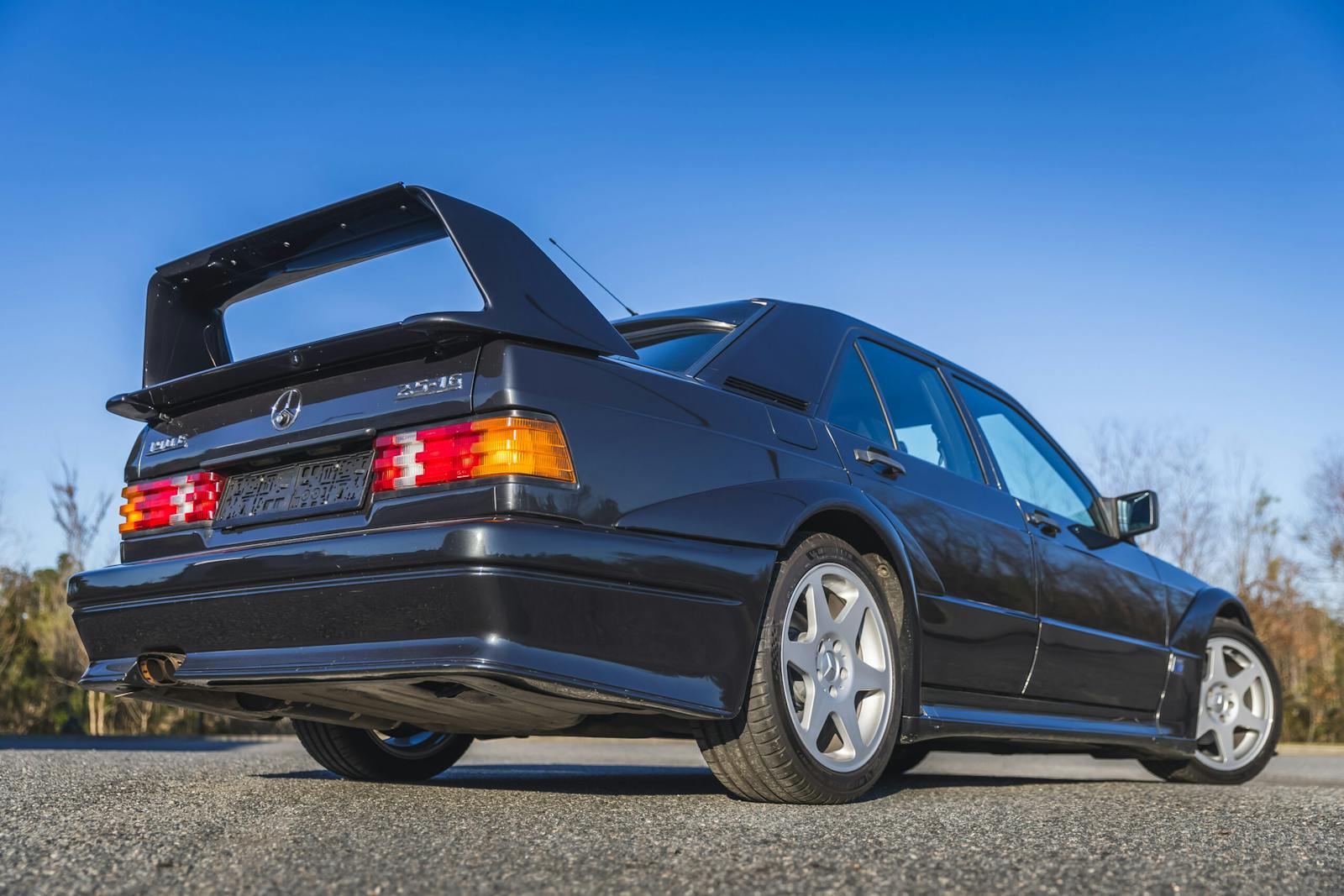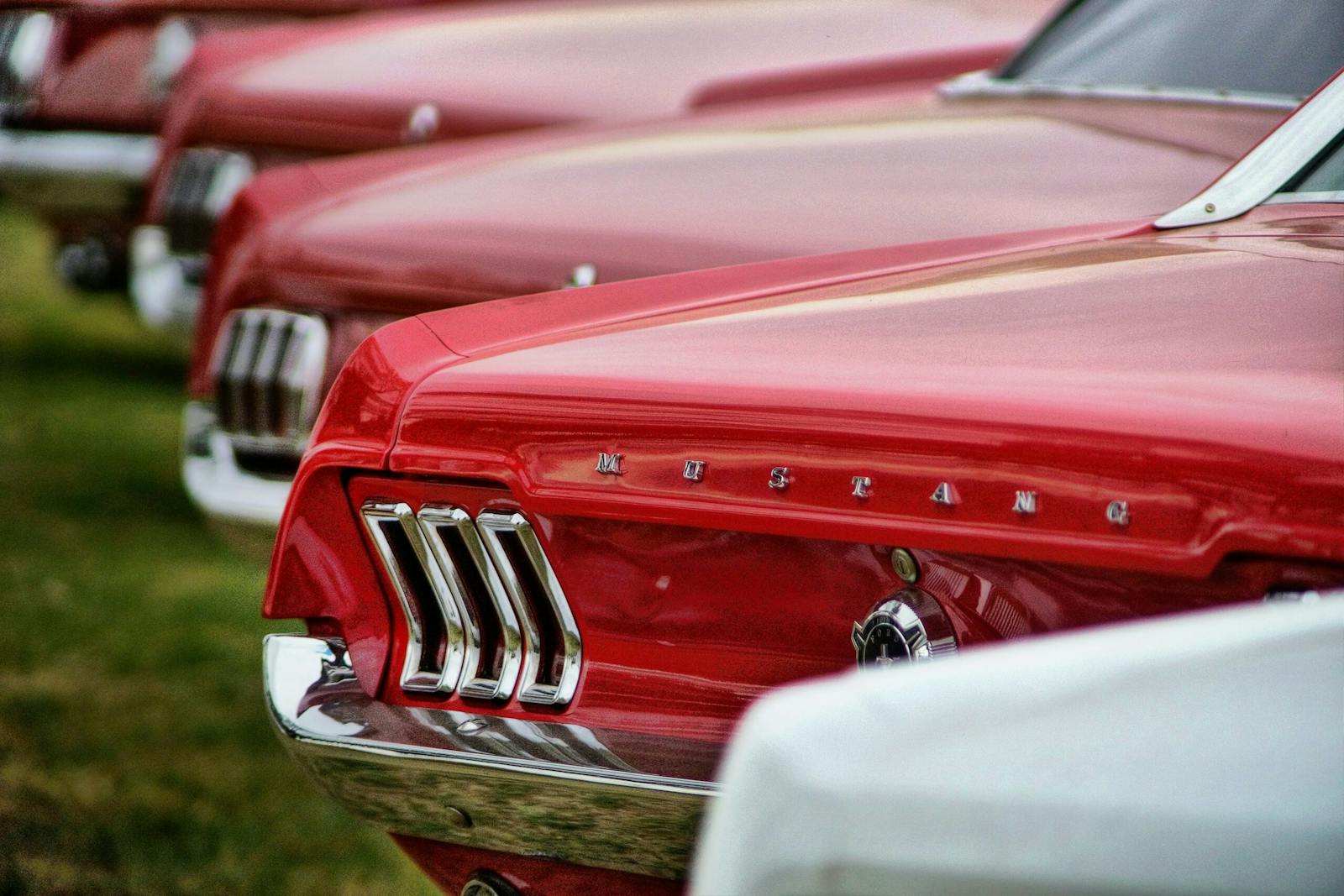We just opened a four-cylinder can of worms
Half as many cylinders, nearly as many opinions. Fully rested after a fun but sometimes heated V-8 discussion last month, we went to the well again and asked our social community, “What’s the greatest four-banger of all time?” We found that was a lot like asking, “What’s the greatest beer?”
Let’s just say there are plenty of four-cylinder engines out there, so plenty were nominated.
Enthusiasm ranged from Harald Heldt’s 13 greatest (yes, 13 single greatest) to Yukov Laurence’s “None.” When Cody Drake Palmer suggested Harald make it 14 by adding Chevy’s Iron Duke, there was no vacancy. Harald wrote that the only thing special about the Iron Duke is it is “an American engine that happens to last a long time with basic maintenance … just (like) the millions of Japanese low-performance engines out there that do that without special recognition.”
Among the numerous other four-bangers receiving some love were Ford’s Kent, Volkswagen’s air-cooled flat four, Cosworth’s racing engine and the power plant in Maserati’s Tipo 61, also known as “The Birdcage.” Alfa Romeo and International Harvester were mentioned, too. John Deere even got a vote, as did “four-stroke motorcycle engines.” David Tiedt took a page from Harald Heldt’s book and nominated “any Honda, Toyota, Nissan, Mitsubishi, Ford 2.3, Chrysler 2.2 and GM 2.5.” Whew!
We have to admit that Gus Nelson grabbed our attention by suggesting that “Triumph made a good one that was in Spitfire 1500s and TR3s,” only because one of us knows from personal experience that the words “best ever” and “Spitfire 1500” aren’t often mentioned in the same sentence.
In the end, a handful of multi-nominated engines rose to the top. Here are your top five greatest four-cylinder engines of all time:
Offenhauser – According to RodAuthority.com, the powerful Offenhauser racing engine that dominated American open-wheel oval-track racing for decades has French roots. It seems legendary American builder Harry Miller and his Indianapolis machine shop supervisor, Fred Offenhauser, serviced a Peugeot racing engine prior to the 1914 racing season and appreciated its twin-cam design. Miller’s racing engine evolved (with the help of another former Miller employee, Leo Goossen) into the Offenhauser engine. From 1934 into the mid-1970s, 27 Indy 500 champions were powered by “Offy” engines.
It’s no wonder then that John Kindell nominated the Offenhauser as the greatest four-banger ever. “Hands down. There is not even a close second.” Others used similar language and came to the same conclusion.
Toyota 22R – Built from 1981-97, the 2.4L Toyota 22R offered an initial output of 97 hp, a figure that eventually reached 108. The Toyota Hilux (’81-97) and Toyota Pickup (’81-95) carried the 22R the longest. Its fuel-injected variant, the 22R-E, first appeared in 1982. The engine’s use was certainly widespread enough to leave a lasting impression on many of you, including Jack Borgschulte, who wrote: “442k [miles] on my 22RE. No motor work. I win.” Yes, Jack, you do.
Volvo Red Block – The Volvo B21 slant straight-four and its variants are often referred to as “red block” engines for their red paint, but the B21 is also known for its durability. Among its features: a single overhead-cam (SOHC) design instead of the pushrod configuration on the previous B20, and an aluminum crossflow cylinder head, which replaced an iron head.
Joseph McGurk wrote: “300,000-plus miles is no problem with these engines. The one I have has a little over 250,000 miles on it and runs as smooth as new. Doesn’t leak or burn a drop of oil between changes.”
We may have planted a seed by using a photo of a B21 when we posed the question, but we’re guessing it would have finished in the top five regardless.
BMW M10 / M12 – What happens when a former racer is charged with designing a SOHC four-cylinder? As Jeff Lutes pointed out, the BMW M10/M12 “produced 1300 horsepower in qualifying trim in the Brabham-BMW Formula One car.” Its brief originally called for a 1.3L displacement, but in the late 1950s racer-turned-engineer Alex von Falkenhausen argued that this wouldn’t meet the company’s future requirements. He thus designed a 1.5L block that could easily be bumped to two liters, which it eventually was.
Additionally, while the initial application produced only 75 hp in 1962, it was robust enough to produce the aforementioned 1300 hp, via turbo-charging, in 1983. Its heartiness also allowed Jon Allen, during his 27 years of BMW ownership, to have “never been in deeper than a valve adjustment.” Sadly, the M10 was replaced by the M40 block in 1988.
Willys Hurricane – Willys’ F134 / FA-134 F-Head engine evolved from the L134 Go Devil flathead engine that powered military vehicles during WWII. Staying true to its roots, the F-Head provided power for another generation of military Jeeps, the 1952-71 M38A1.
The engine was also used in the 1953-68 Willys CJ-3B, 1955-71 CJ-5 and CJ-6, and 1966-71 Commando, among others.
“It ran strong and long,” Marty Cramer wrote.


